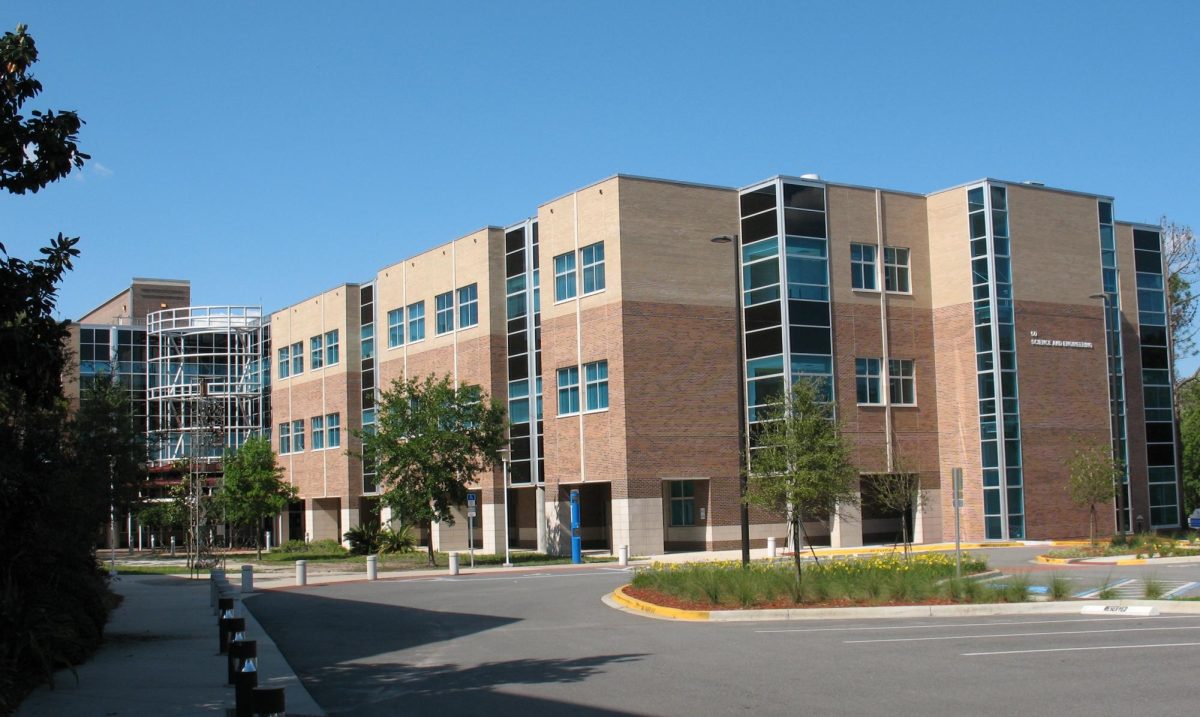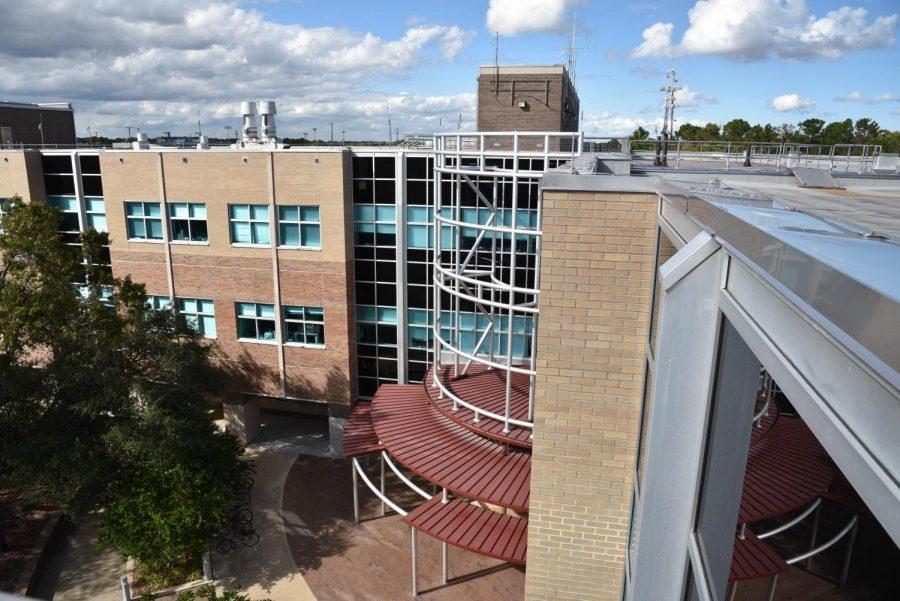By Mike Zaccardi
President, UNF Finance and Investment Society
Everyone has noticed the increase in the price of gasoline in recent months. Gas prices average $3.07 in the United States despite a somewhat sluggish economy.
Gasoline futures trade on the New York Mercantile Exchange (NYMEX) under the fancy title, “reformulated gasoline blendstock for oxygen blending” or RBOB gasoline.
RBOB typically trades at a 65 cent discount to retail gas prices and serve as a forward indicator of retail prices of about two weeks.
RBOB has been trading between $2.35 and $2.45 in recent days which shows a pause in the current upward trend which began this past summer when RBOB traded down to $1.78, or $2.43 at the pump.
During the decade of the 2000s, gas prices increase substantially causing a strain on US economic growth. More recently, energy prices have been positively correlated with the US recovery.
Along with sharp decline in equity markets, energy markets saw an even steeper collapse in prices. The most well-known energy commodity is Crude Oil, or West Texas Intermediate Light Sweet Crude.
Crude oil saw a dramatic drop from $147 per barrel to $32 in a matter of half a year in 2008. The 78 percent decline in crude caused retail gasoline prices to plummet from near $4.12 to $1.61.
Little attention was paid in late 2008 to the cheap cost of fuel as the country was mired in the worst financial crisis since the early 1930s. One of the primary factors responsible for freefall in energy prices was “deleveraging” from institutional investors and hedge funds.
Oil prices had been an area of extreme speculation and the target of heavy institutional buying. Like any other bubble, it continued to march higher with no end in sight in 2007 and early 2008.
As oil crossed $100 per barrel, the New York Stock Exchange began to turn its attention to what was happening a few miles away at the NYMEX. Once the psychological level of triple digit oil was broken, a significant negative correlation began between stock prices and crude oil.
One would expect energy prices to be positively correlated with economic growth – as economies expand, energy is needed to build factories and transport goods. Above a certain point however, the price of energy becomes a hindrance to output as it is a significant input cost.
The bubble finally burst in mid-July 2008, at about the same time as expert analysts predicted oil would hit $200, $250, even $300 per barrel within a year.
Today, there is a worry among energy analysts and economists that rising energy costs will pressure what is a fragile recovery.
Energy commodities are traded on a global level, meaning the rapidly growing emerging market economies are causing upward pressure on prices even as larger, developed nations show tepid growth (i.e. less demand). The US has become a price taker in this environment, to an extent.
Another reason for the increase in oil prices from the late 1990s, when oil traded near $10 per barrel for a time, was the weakening US Dollar.
Barrels or oil are denominated in US dollars. As the value of the USD falls, the nominal price of oil increases (real value remains unchanged, all else equal).
It is likely that gas prices will continue to be elevated relative the last two years. Seasonally, gas prices base in February and peak in May. Don’t except much reprieve in the coming months.















